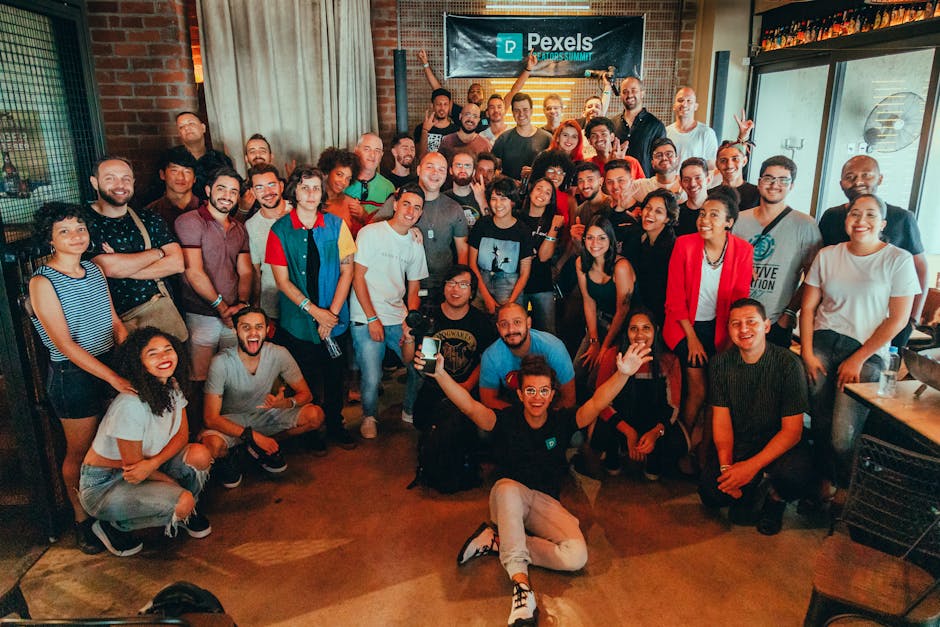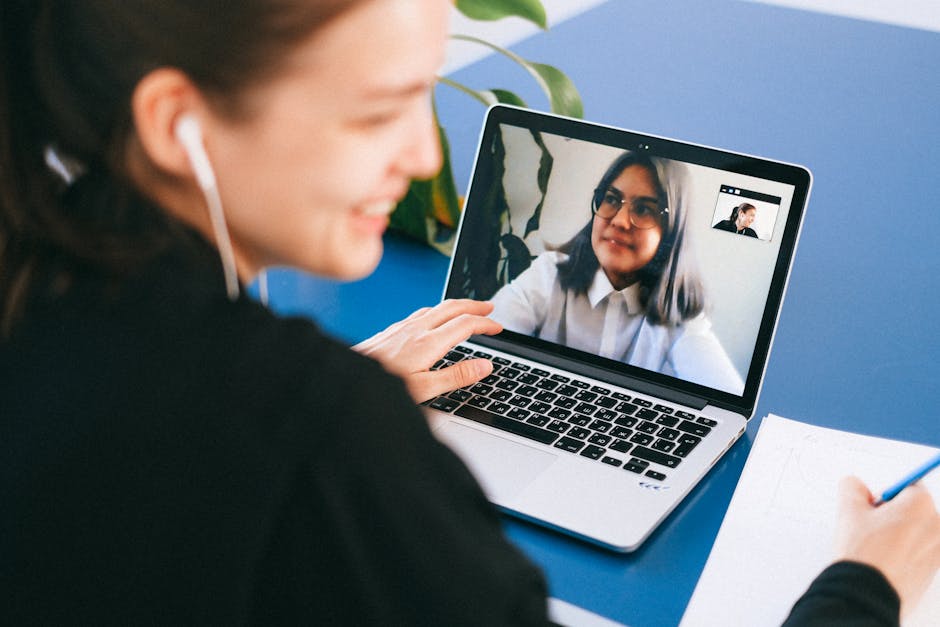Mastering Meeting Etiquette: Essential Rules for Productive Gatherings
“Learn the essential rules of meeting etiquette and best practices for managing effective gatherings. From proper planning to participant behavior, this guide covers everything you need to know to ensure productive and professional meetings in the modern workplace. ”

Mastering Meeting Etiquette: Essential Rules for Productive Gatherings
In today's fast-paced business environment, meetings are an integral part of our professional lives. However, without proper etiquette and management, these gatherings can quickly become time-consuming and unproductive. This article explores the essential rules of meeting etiquette and best practices to ensure your workplace gatherings are efficient, professional, and valuable for all participants.

The Importance of Meeting Etiquette
Meeting etiquette is more than just good manners; it's a crucial component of workplace productivity and professionalism. By adhering to proper meeting conduct, we create an environment that fosters effective communication, respects everyone's time, and ultimately leads to better outcomes.
Pre-Meeting Preparation
-
Plan Purposefully: Before scheduling a meeting, ask yourself if it's truly necessary. Could the matter be resolved through email or a quick phone call?
-
Create a Clear Agenda: Outline the topics to be discussed and distribute it to participants in advance. This allows everyone to come prepared and keeps the meeting focused.
-
Choose the Right Space: Select an appropriately sized room with the necessary equipment. Nothing derails a meeting faster than technical difficulties or cramped quarters.
-
Send Detailed Invitations: Include all relevant information in the invitation, such as the meeting's purpose, location, duration, and any materials participants should bring or review beforehand.

During the Meeting
For Hosts
-
Start and End on Time: Respect everyone's schedule by beginning and concluding the meeting as planned.
-
Stick to the Agenda: Keep discussions on track and manage time effectively for each topic.
-
Encourage Participation: Create an inclusive environment where all attendees feel comfortable contributing.
-
Manage Technology: Ensure all necessary equipment is working properly and minimize distractions from devices.
For Participants
-
Arrive Promptly: Being punctual shows respect for others' time and allows the meeting to start on schedule.
-
Come Prepared: Review the agenda and any pre-meeting materials. Be ready to contribute meaningfully to the discussion.
-
Practice Active Listening: Give your full attention to the speaker and avoid interrupting or side conversations.
-
Minimize Distractions: Keep your phone on silent and avoid checking emails or multitasking during the meeting.

Post-Meeting Follow-Up
-
Distribute Meeting Minutes: Send a summary of key points, decisions made, and action items to all participants promptly after the meeting.
-
Follow Through on Action Items: Take responsibility for any tasks assigned to you during the meeting and complete them in a timely manner.
-
Provide Feedback: If appropriate, offer constructive feedback on the meeting's effectiveness to help improve future gatherings.
Best Practices for Virtual Meetings
With the rise of remote work, virtual meetings have become increasingly common. Here are some additional etiquette tips for online gatherings:
-
Test Your Technology: Ensure your audio, video, and internet connection are working properly before the meeting starts.
-
Use Video When Possible: Seeing each other's faces helps build connection and engagement.
-
Find a Quiet Space: Minimize background noise and distractions in your environment.
-
Mute When Not Speaking: This helps reduce unwanted noise and keeps the focus on the current speaker.
-
Be Mindful of Body Language: Even in virtual settings, your non-verbal cues matter. Maintain good posture and show attentiveness.

The Role of Technology in Meeting Management
Leveraging technology can significantly enhance meeting efficiency and adherence to etiquette. Consider implementing:
-
Room Booking Systems: These tools help avoid double-bookings and ensure appropriate spaces are reserved for each meeting.
-
Digital Agendas and Note-Taking: Collaborative platforms allow for real-time agenda updates and shared note-taking during meetings.
-
Time Management Apps: Use timers or apps to keep meetings on schedule and track time spent on each agenda item.
Conclusion
Mastering meeting etiquette is an essential skill in today's professional landscape. By following these rules and best practices, you can ensure that your meetings are productive, respectful, and valuable for all involved. Remember, good meeting etiquette not only enhances workplace efficiency but also contributes to a positive and professional organizational culture.
As you implement these strategies, you'll likely see an improvement in meeting outcomes and overall workplace satisfaction. Continually seek feedback and be willing to adapt your approach to create the most effective meeting environment for your team and organization.